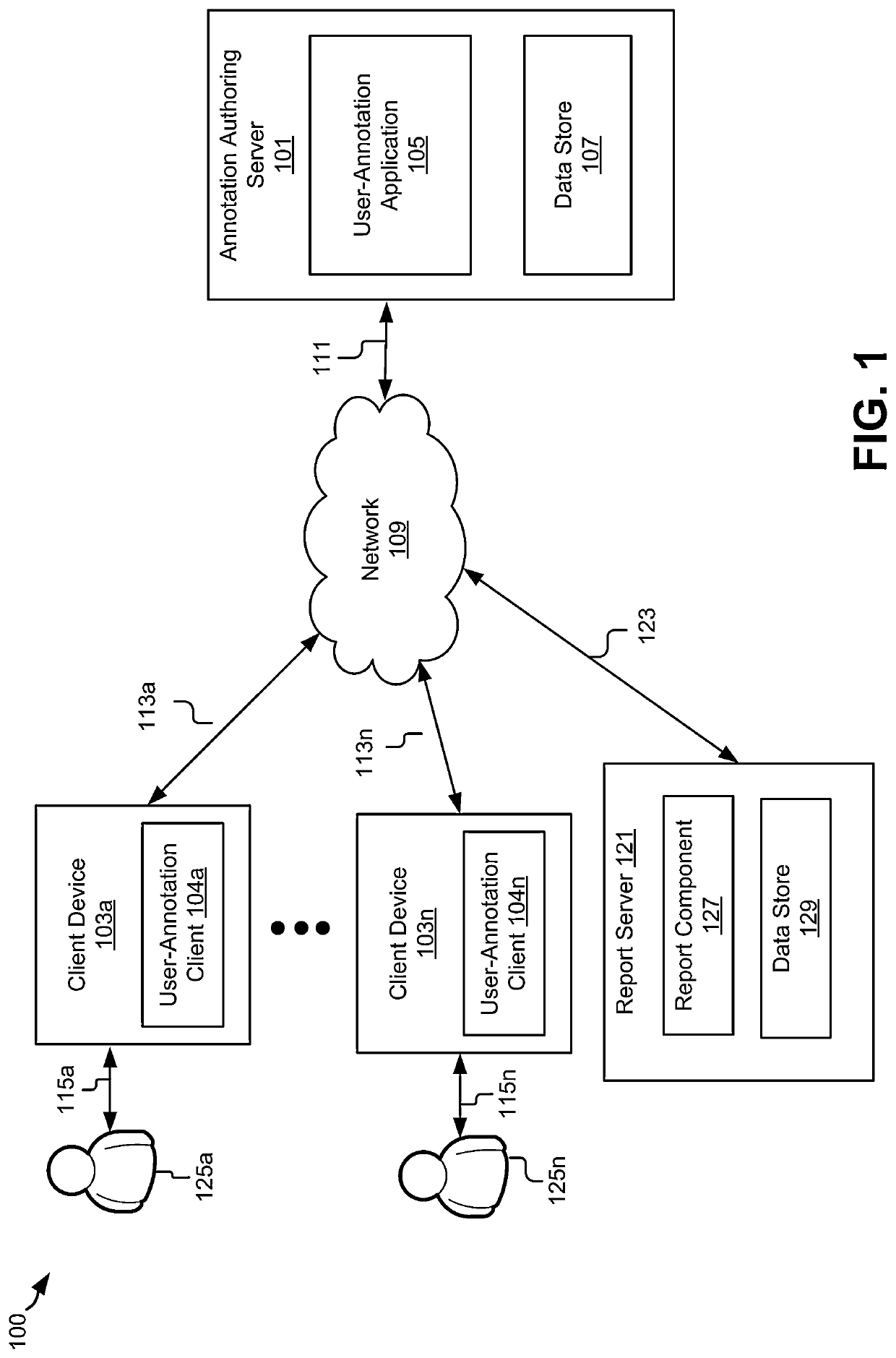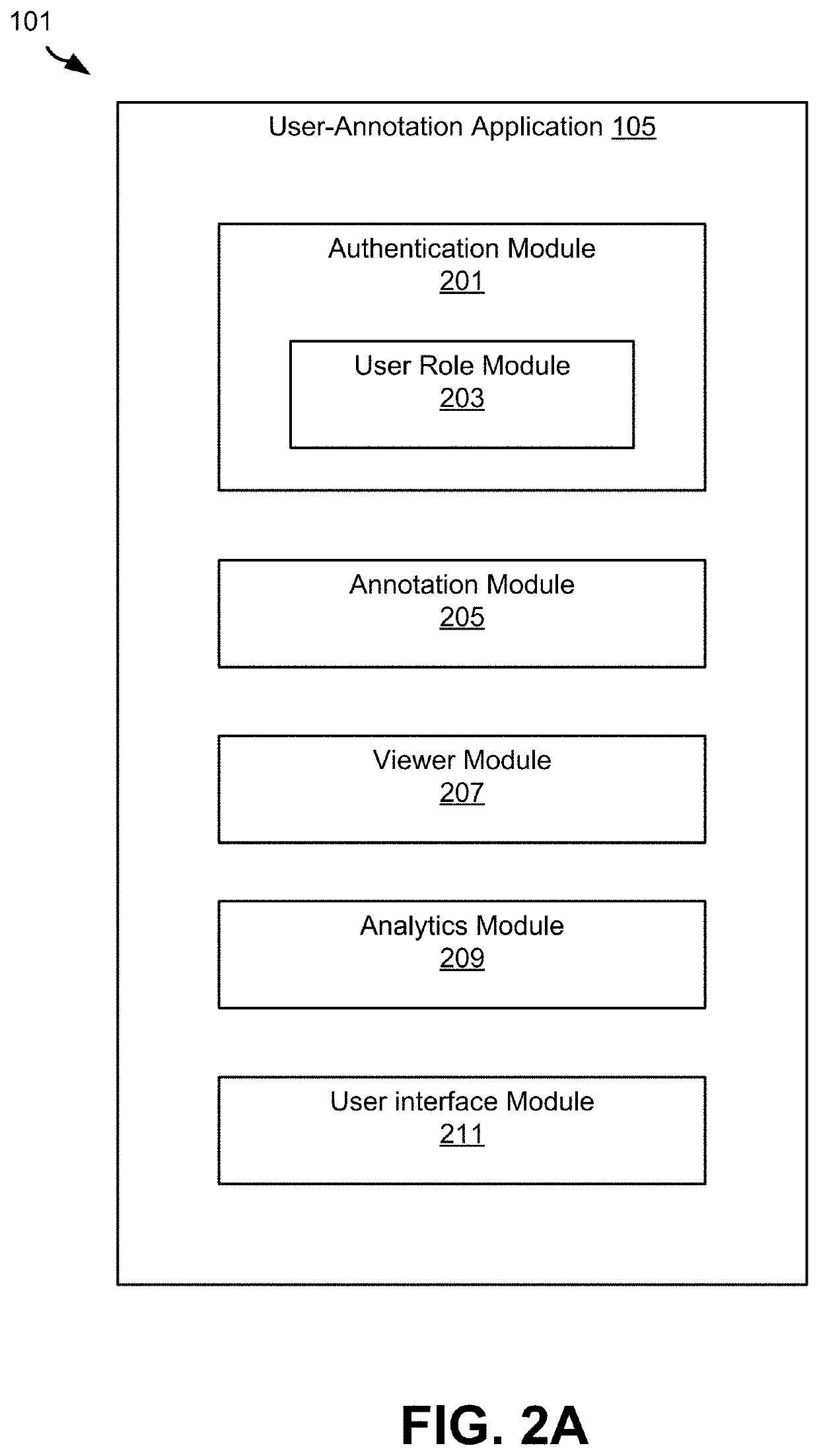Documentation augmentation using role-based user annotations
a user annotation and documentation technology, applied in the direction of error detection/correction, software maintainance/management, instruments, etc., can solve the problems of confusion or problems of product users, customizations may not reflect on self-serve documentation, and it is difficult to obtain usage and feedback metrics about the use of self-serve documentation by specific product users
- Summary
- Abstract
- Description
- Claims
- Application Information
AI Technical Summary
Benefits of technology
Problems solved by technology
Method used
Image
Examples
Embodiment Construction
[0019]In the following detailed description, numerous specific details are set forth by way of examples in order to provide a thorough understanding of the relevant teachings. However, it should be apparent that the present teachings may be practiced without such details. In other instances, well known methods, procedures, components, and / or circuitry have been described at a relatively high-level, without detail, in order to avoid unnecessarily obscuring aspects of the present teachings.
[0020]A product consumer, e.g., an organization that purchased a hardware product such as a medical device or a company that licensed a software product, may have tens, hundreds, or thousands of end-users in their entities to use the product. A few representative users assigned with certain rights / roles (e.g., administrators) may utilize certain tools to configure and customize the product to adapt to certain needs of the entity and / or the end-users. But such assigned roles do not allow the represen...
PUM
 Login to View More
Login to View More Abstract
Description
Claims
Application Information
 Login to View More
Login to View More - R&D
- Intellectual Property
- Life Sciences
- Materials
- Tech Scout
- Unparalleled Data Quality
- Higher Quality Content
- 60% Fewer Hallucinations
Browse by: Latest US Patents, China's latest patents, Technical Efficacy Thesaurus, Application Domain, Technology Topic, Popular Technical Reports.
© 2025 PatSnap. All rights reserved.Legal|Privacy policy|Modern Slavery Act Transparency Statement|Sitemap|About US| Contact US: help@patsnap.com



